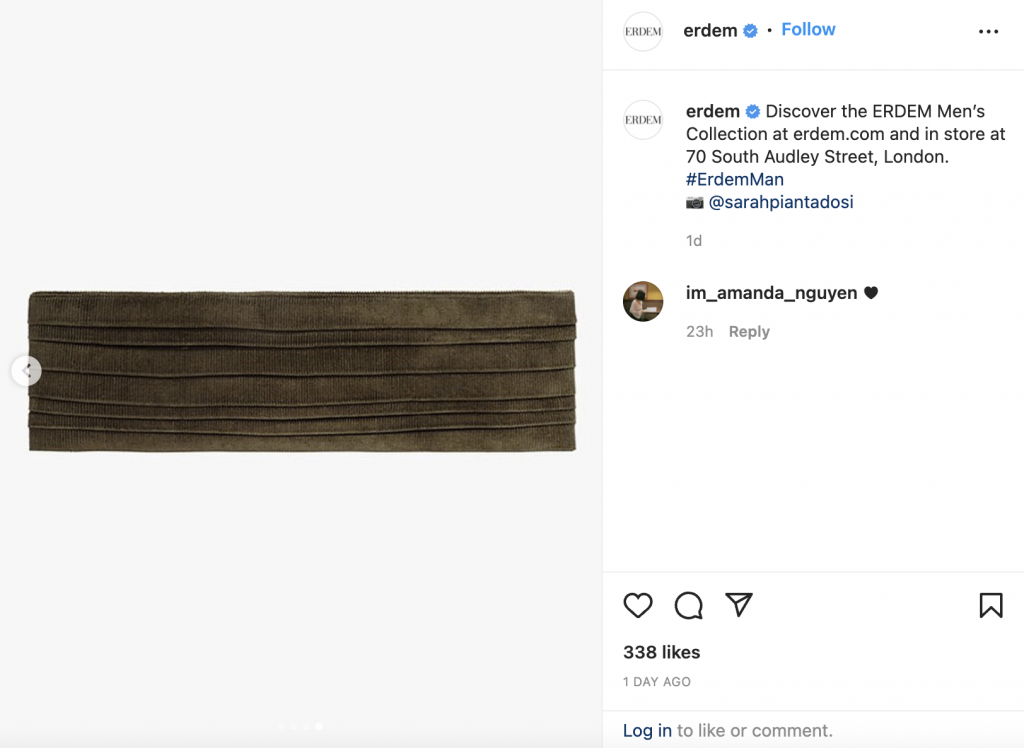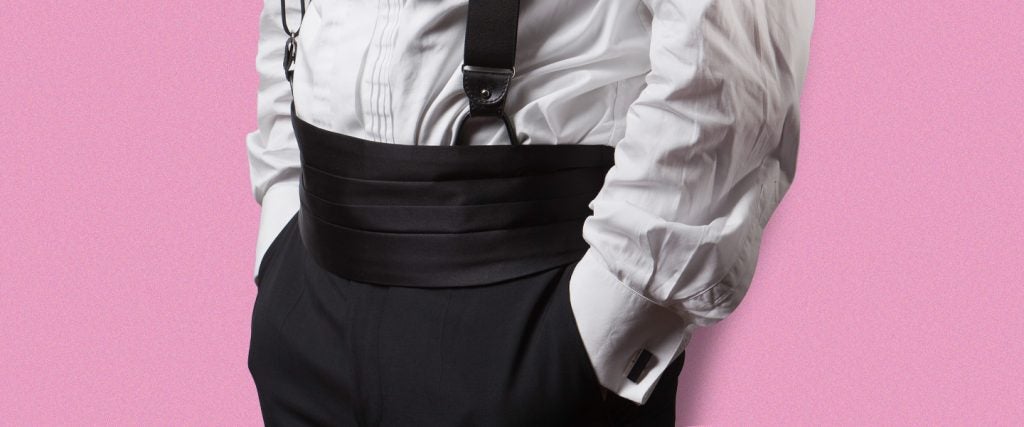I know the cummerbund, that waist sash guys seemingly only ever wear to black-tie events and with tuxedos, as much for the word as for how it looks. It’s a Persian term, a combination of the words kamar (meaning “waist”) and band (meaning “strap” or “lacing”). To that end, per Aaron of the Antique Menswear YouTube channel, the cummerbund originated during the Persian Empire (circa 550 B.C.), when men used a sash around their waist in lieu of pockets, which hadn’t been invented yet, as a place to keep tools, weapons and everyday items they carried around.
In fact, the cummerbund didn’t enter Western menswear until the 19th century, or around the time it was adopted by British officers stationed in colonial India who preferred the Indian cummerbund to the traditional Victorian waistcoat or vest, primarily because it was hot and humid in India and the cummerbund was one less layer to wear around their chest. Naturally, it made its way back to Victorian England, and from there, it became a style staple.
It might not seem like it, but the cummerbund does serve a purpose. According to a subscriber of the Male Fashion Advice (MFA) subreddit, when you’re in a tux, a cummerbund ensures that you don’t show a triangle of white shirt beneath the button of your jacket (i.e., when you put your hand in your pocket, or while you’re walking). “Letting the shirt peek out like that breaks up the vertical continuity of the tux, which, when unbroken, helps you look taller,” he explains. “A proper evening vest (aka waistcoat) should be barely higher than the button of the jacket, if at all.”
As for why you don’t see the cummerbund worn with a standard suit, another MFA subscriber tells me it’s “because it’s gonna look weird.” “They’re hyper formal and only intended for black-tie fits,” he adds. “Like, you can — there’s no objective reason to do or not do anything in fashion — but there’s a good reason you don’t see anyone doing it.” Even my dad, who takes formal wear to a whole new level — he prefers wearing a suit every day to other, comfier clothes — can’t remember where his cummerbund is. “I know it’s in my closet somewhere, but I haven’t worn it in so long that I don’t know exactly where,” he tells me.
Interestingly — and perhaps to save the cummerbund from obsolescence — there have been efforts to widen its appeal by expanding its use outside of formal wear. In 2020, Highsnobiety declared that the cummerbund was primed for a comeback — just not as a tuxedo accessory. In particular, on the runway, brands like Givenchy, Louis Vuitton, Sies Marjan and Acne Studios have offered a new slant on the accessory to “challenge the dress codes it was traditionally defined by,” per Highsnobiety.


More recently, London-based independent fashion house ERDEM has offered their take on the age-old accessory. “While it’s traditionally only for tuxedos, I love the idea of a cummerbund as a replacement for a belt, in more of a fashion statement kind of way,” a different MFA subscriber tells me. “A silk/satin one on an all-black outfit can add texture and sheen and elevate the look.”
And for him at least, that’s a beautiful thing. Or in the cummerbund’s honor, ghashang in Farsi.

